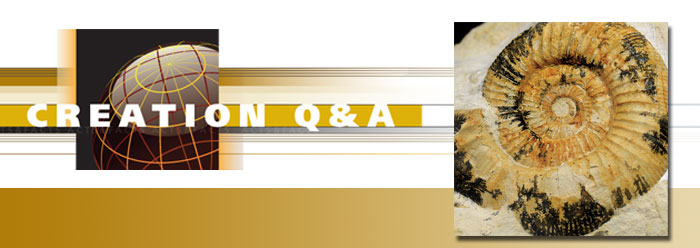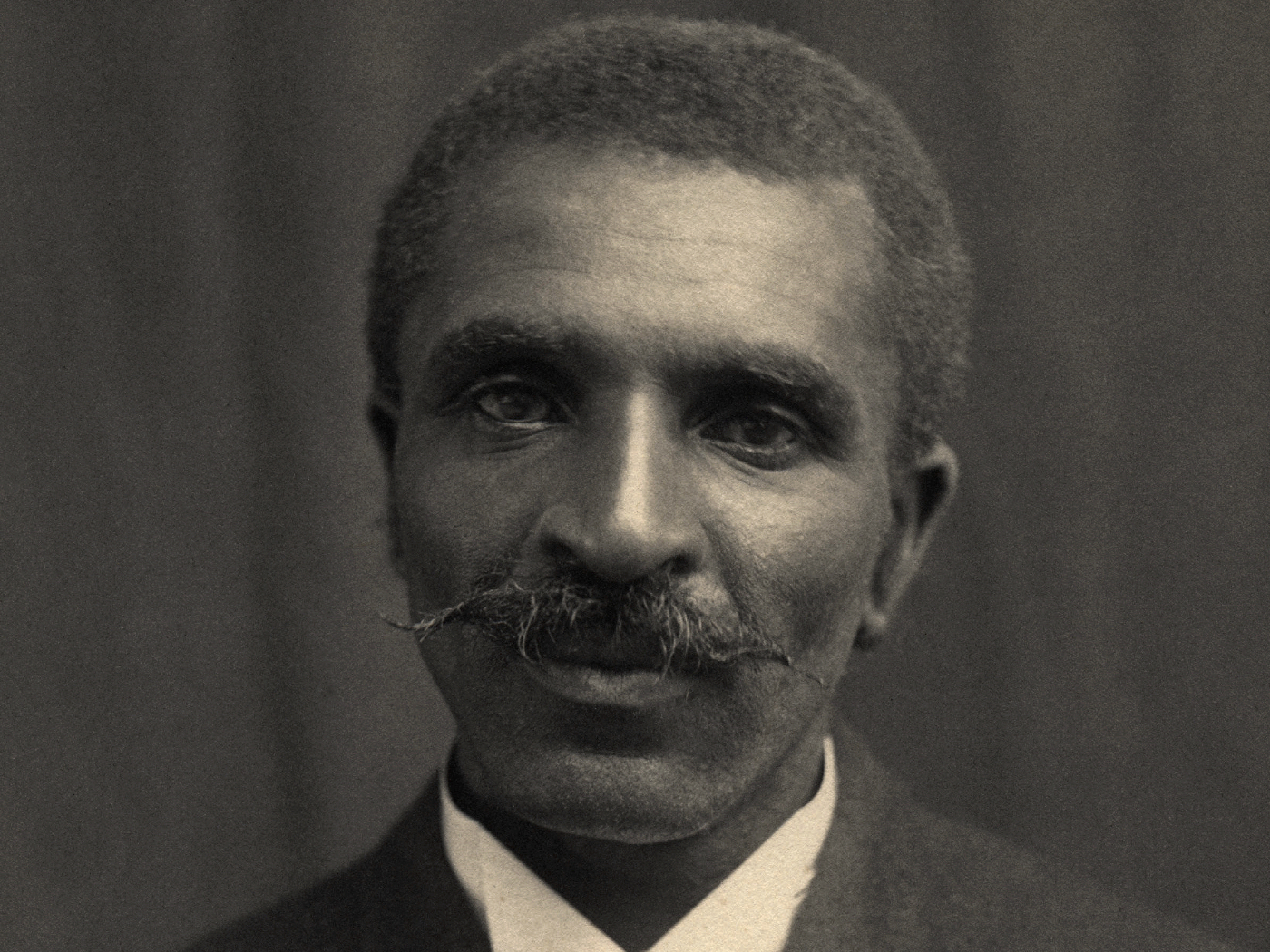How many times have news reports asserted that an old bone, shell, or piece of charcoal was carbon-dated as tens of thousands of years old? These age assignments clash with the Bible’s record, which indicates a maximum age for the universe of six or so thousand years. Should carbon-based “ages” force us to reject biblical history?
The carbon-dating technique measures amounts of a radioactive version of carbon called carbon-14 (C-14). C-14 nuclei emit particles and energy at a steady, measurable rate as they decay to become stable nitrogen-14 nuclei. Researchers build a carbon-based age estimate by comparing the amount of C-14 in a specimen with the amount they think it had when it was first deposited. Then they apply C-14’s decay rate to the difference to calculate an age range.
But can anyone know exactly how much C-14 an artifact originally had? Not without a time machine. Also, in rare cases, C-14 might seep into or leach from a sample after it was deposited. One must assume answers to this and other questions. So while news reports sound absolutely confident when quoting C-14 results, we know those dates did not come from directly measurable science; they came from measurements that scientists interpreted using their assumptions about the past.
Consider a shell or bone deposited during the Ice Age. Would it have started out with more or less C-14 than today’s shells or bones? Would processes like cooling or water circulation have affected its C-14 content? Or take the case of organic remains buried during Noah’s Flood. We know even less about those times. Secular researchers assume the Flood never happened, so they feel free to apply today’s conditions to the distant past. This bias distances them from objective answers.
If a specimen started out with a smaller amount of C-14 than is assumed, its carbon “age” can look older than its real age to those who base their calculations on modern C-14 levels. This likely explains those news reports citing carbon ages of tens of thousands of years.
What could have caused Ice Age or Flood animals and plants to have less C-14 than modern creatures? Possibly the answer lies in Earth’s decaying magnetic field.1 It used to be stronger, shielding more of the high-energy cosmic rays that strike nitrogen atoms in the upper atmosphere and convert them to C-14 atoms. This could have dramatically reduced C-14 production. Less C-14 in the ancient atmosphere would show up as older carbon dates in remains of organisms that acquired carbon either directly or indirectly from the atmosphere.
But what about carbon-dating more recent deposits—say, one to three millennia old? Their “ages” often match nearby markers like coins depicting kings known from written records. As one of many examples, archaeologists obtained C-14 results for charcoal found at settlements on Mount Gerizim next to the biblical city of Shechem. They wrote, “The results of the C-14 dating generally confirmed the dates we posited for the first phases of the precinct, based on the pottery and the coins discovered.”2
Should we trust carbon dates? C-14 results lose reliability the further back in time they go. Thus, carbon “ages” for the oldest fossils don’t match their actual ages—though they fall much closer to biblical than evolutionary age expectations for Flood fossils.3 It appears that carbon dates of relatively recent artifacts often fit reality, but carbon dates from the distant past do not.
References
- Snelling, A. 2008. Radiocarbon Ages for Fossil Ammonites and Wood in Cretaceous Strata near Redding, California. Answers Research Journal. 1: 123-144.
- Lipschits, O., G. N. Knoppers, and R. Albertz, eds. 2007. Judah and the Judeans in the Fourth Century B.C.E. Winona Lake, IN: Eisenbrauns, 180.
- Thomas, B. 2015. Carbon-Dating Fossils. Acts & Facts. 44 (8): 8.
* Mr. Thomas is Science Writer at the Institute for Creation Research.














